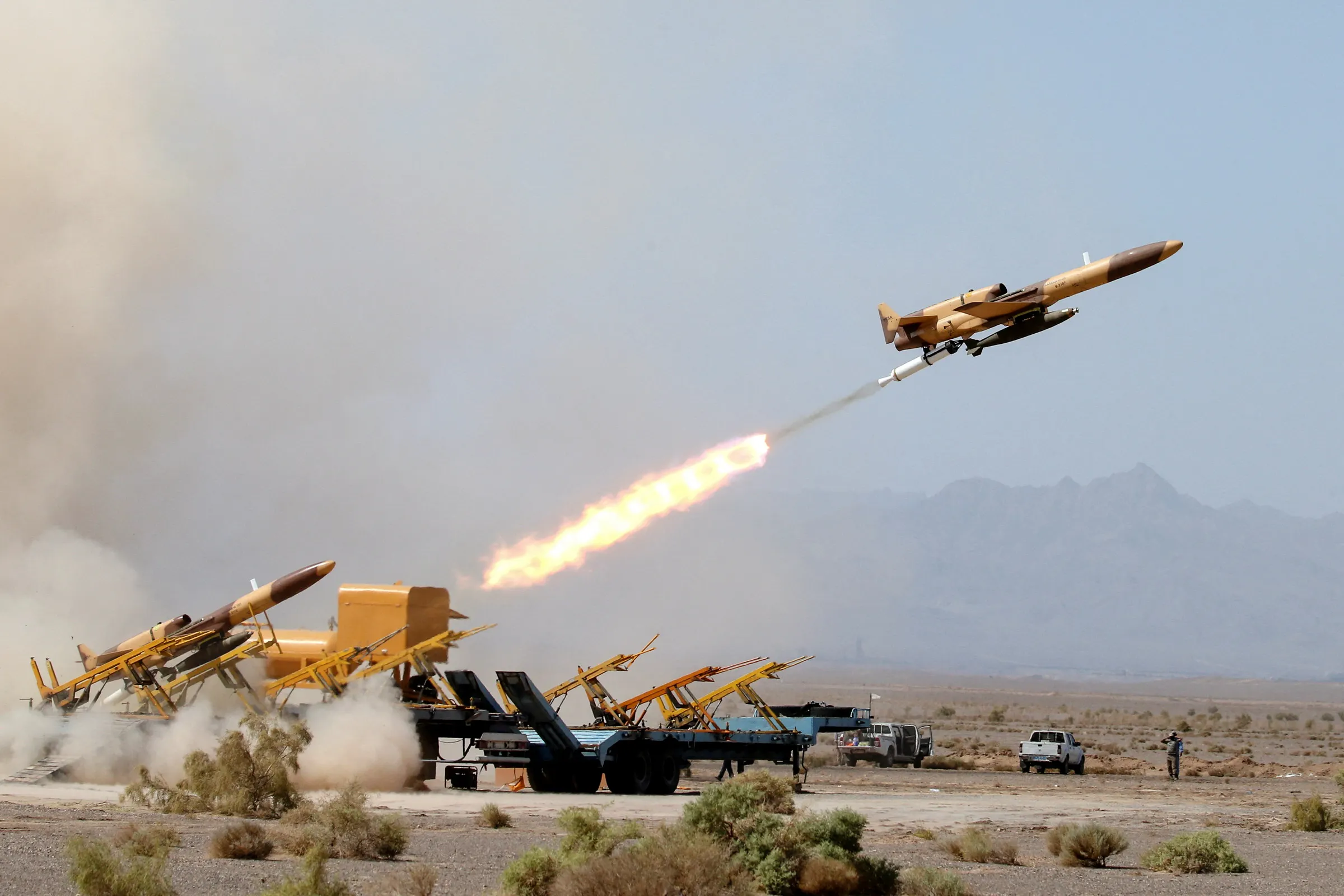
Caught in the Crosshairs: Federal Officials Seek Drone Defense Tech Amidst UFO Mystery
Introduction
The enigmatic presence of unidentified flying objects (UFOs) has captivated the imaginations of people worldwide. While the nature and origin of these elusive phenomena remain shrouded in uncertainty, government agencies across the globe are actively exploring ways to protect themselves against potential aerial threats.
This article delves into the complex and multifaceted efforts currently underway by federal officials in the United States to acquire cutting-edge drone defense technology to address the UFO mystery.
The Need for Drone Defense
The proliferation of drones in recent years has raised concerns about their potential use for malicious purposes, including surveillance, sabotage, and even terrorism. Given the stealthy nature of drones and their ability to operate autonomously, they pose a significant challenge to traditional air defense systems.
In addition to the threat posed by hostile actors, the increasing number of recreational and commercial drone users also raises safety concerns. Uncontrolled or reckless drone flights can interfere with air traffic and create hazards for people on the ground.
Federal Initiatives
In response to these evolving threats, the Department of Defense (DOD) and other federal agencies are actively pursuing the development and acquisition of advanced drone defense technologies.
DOD’s Joint All-Domain Command and Control (JADC2) program aims to integrate various sensor and weapons systems to provide a comprehensive air defense network. This network will be capable of detecting, tracking, and neutralizing drones and other aerial threats before they pose a danger.
The Federal Aviation Administration (FAA) is also involved in drone defense efforts, focusing on the development of technologies to prevent unauthorized drone flights and mitigate potential risks to aviation safety.
Technological Advancements
The search for effective drone defense technologies has spurred significant technological advancements.
- Electronic Warfare Systems: These systems can disrupt or disable drone communications and control signals, rendering them inoperable.
- Laser Weapon Systems: Lasers offer a precise and non-lethal means of disabling drones by targeting their sensors or propulsion systems.
- Kinetic Interceptors: These include traditional surface-to-air missiles and directed-energy weapons that can physically destroy drones.
Perspectives and Challenges
The pursuit of drone defense technologies has sparked diverse perspectives and raised some important challenges.
Perspectives
Proponents: Supporters of drone defense argue that it is essential for safeguarding national security, protecting critical infrastructure, and ensuring public safety.
Skeptics: Critics express concerns about the potential for mission creep, the risk of unintended consequences, and the ethical implications of using lethal force against unmanned aerial vehicles.
Challenges
Autonomous Operation: Drones are increasingly capable of operating autonomously, making it difficult to predict their behavior and effectively defend against them.
Swarming Attacks: The coordinated use of multiple drones can overwhelm traditional air defense systems, posing a serious threat.
Public Acceptance: The deployment of drone defense technologies must be balanced with public concerns about privacy and safety.
Implication of UFO Mystery
The search for drone defense technologies has taken on added significance in light of the ongoing UFO mystery.
While the vast majority of UFO sightings can be attributed to natural phenomena or misidentified objects, the possibility of advanced extraterrestrial technology cannot be ruled out.
If UFOs do represent a potential threat, the development of effective drone defense systems would provide a means to neutralize or deter these unidentified aerial vehicles.
Conclusion
The quest for drone defense technology is a complex and multifaceted endeavor with far-reaching implications.
By critically examining the perspectives, data points, and real-life examples presented in this article, we gain a deeper understanding of the challenges and opportunities associated with this emerging field.
As technology continues to advance, it remains crucial for policymakers, researchers, and the public to engage in informed discussions about the responsible development and deployment of drone defense systems.
Only through such collaborative efforts can we ensure that we are equipped to address both the present and future threats posed by unmanned aerial vehicles, while safeguarding our security, privacy, and the broader implications for our understanding of the cosmos.

